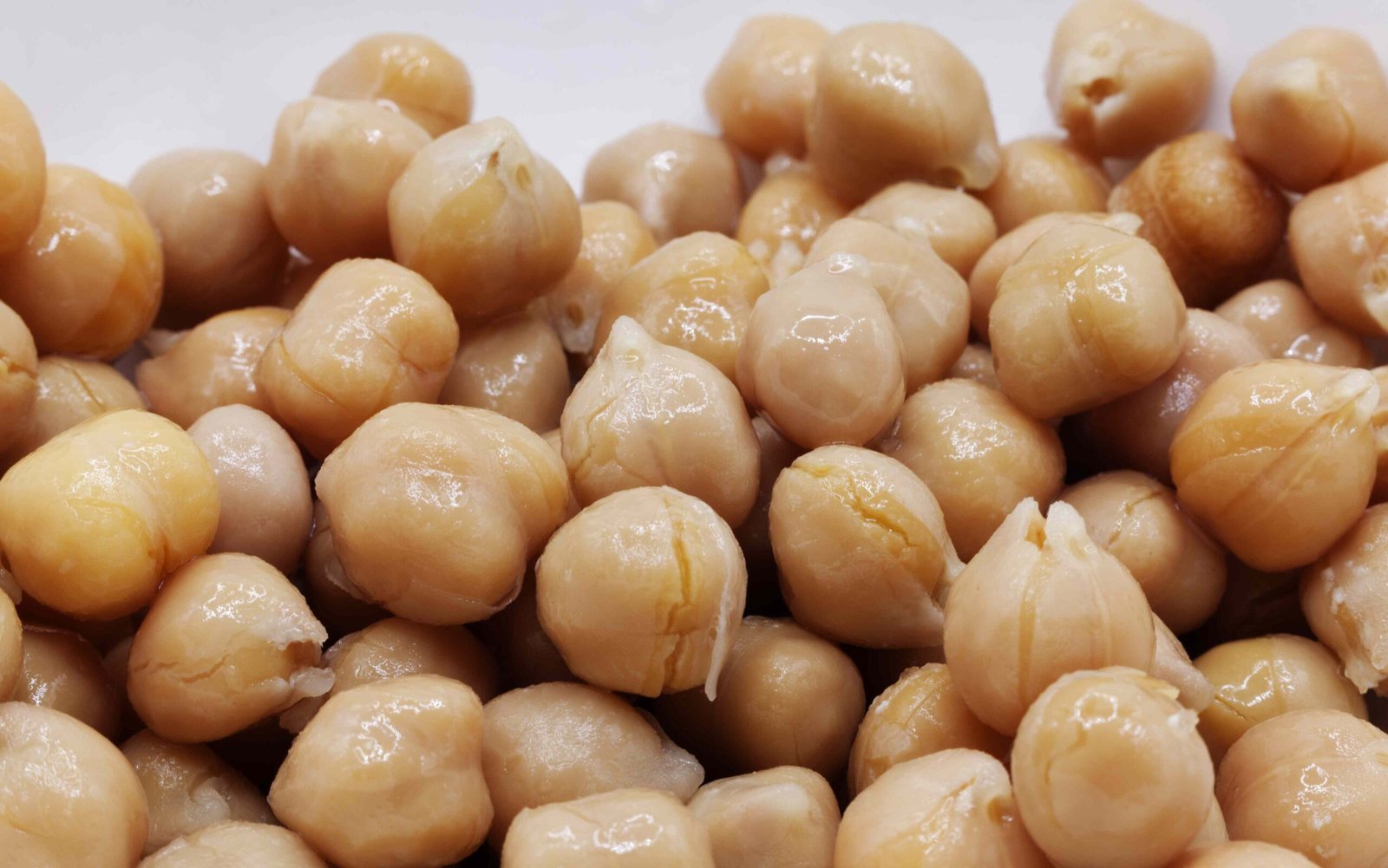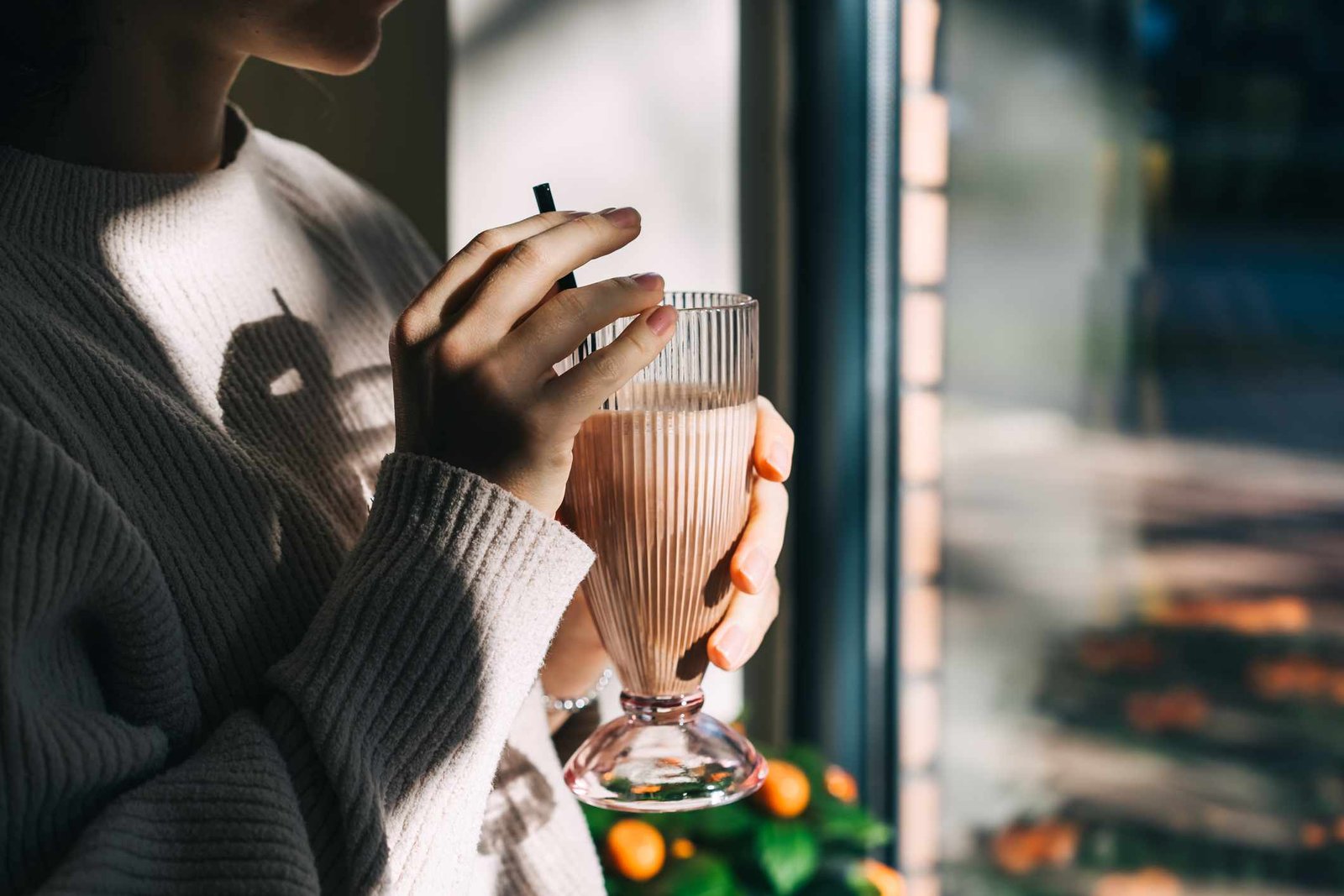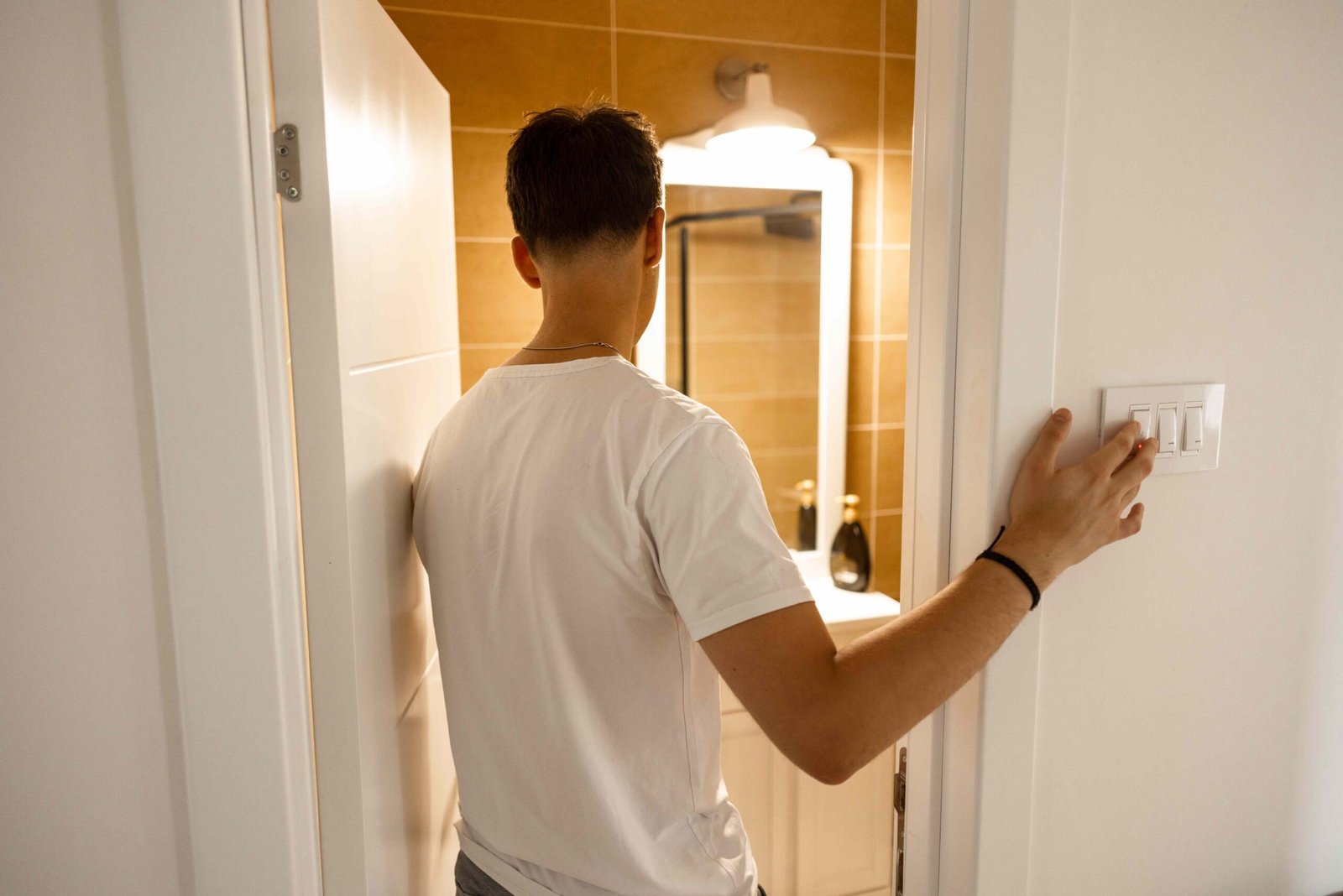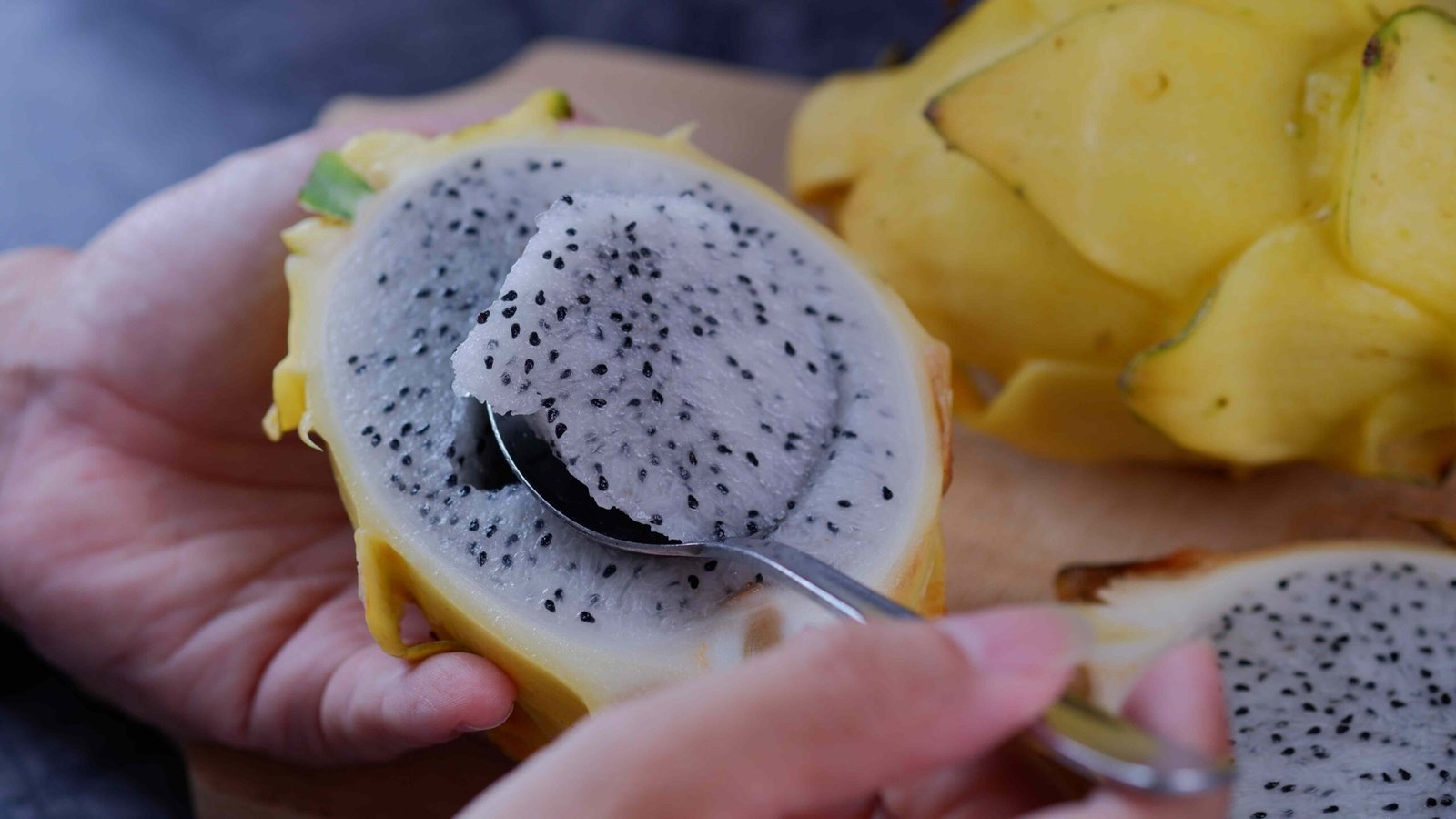
Chickpeas are full of nutrients and a great addition to all sorts of healthy diets—but what about the husks?
Online, there’s plenty of discussion over whether it’s better to get rid of the outer layer, or “skin,” of chickpeas (also called garbanzo beans) before consuming them.
Peeling chickpeas makes them “gentler on the stomach,” TikToker Bella (@justgawjas) said in a video posted last year. It also ensures you won’t be consuming any anti-nutrients, which might otherwise inhibit the absorption of certain minerals, she added.
Meanwhile, on Reddit, some say removing chickpeas’ outer layer helps improve their texture, making for smoother hummus or falafel, for example.
But is it actually worth the effort of shelling each individual bean? Or, worse, are you missing out on chickpeas’ key nutrients when you discard the skins?
We’re peeling back the truth about whether it’s healthiest to remove this part of the chickpea—here’s what dietitians had to say.
Crack open a can of chickpeas and look closely: you’ll notice that each legume is encased in a thin, clear “jacket” of sorts. This outer layer is present in all varieties of chickpeas.
“The skin or husk of the chickpea is a natural coating that is protective for the seed during the growth period,” Amy Moyer, RDN, LDN, associate professor and director of Culinary Medicine at the University of North Carolina, Greensboro, told Health.
They’re made primarily of cellulose, hemicelluloses, lignin, and pectin—fiber molecules that give plants their structure.
To peel or not to peel? When it comes to chickpeas, that is the question.
Removing Shells Impacts Fiber
Getting rid of chickpeas’ outer layer does change their nutritional makeup—it lowers their insoluble fiber content, and raises their protein content.
So if you have a health reason for reducing your fiber intake, getting rid of chickpea skins could be a good move.
“For those on a lower-fiber diet due to a [gastrointestinal] diagnosis such as diverticulitis or Crohn’s disease, it may be beneficial to remove the high-fiber skins of the chickpeas,” Moyer explained.
The same is true for those who’ve recently had bowel surgery or obstructions, or people with small intestinal bacterial overgrowth (SIBO), added Leah Sarris, MBA, RD, LDN, chef, registered dietitian, and founder of Culinary Medicine Consulting.
“Hulled chickpeas may also be easier for infants or older adults with chewing or digestion issues,” she told Health.
Outside of these concerns, though, most of us would do well to increase—not decrease—our fiber intake. It’s estimated that about 97% of men and 90% of women don’t get enough fiber in their daily diets.
“Reaching the recommended fiber intake of 20–30 grams per day (depending on your age and gender) is challenging,” said Moyer. “So unless you are averse to the texture, leave the skins on and reap the benefits.”
Nutrients and Anti-Nutrients in Chickpea Shells
What about those so-called anti-nutrients in chickpea shells—are they worth worrying about? As long as you’re eating a healthy, varied diet, probably not, Sarris said.
Chickpea skins do contain phytates and tannins, which are considered ‘anti-nutrients’ because they can inhibit mineral and protein absorption. However, they also “act as antioxidants, [and] support blood sugar control,” said Sarris.
Also, chickpea skins contain calcium, which can’t be found in the legume itself.
Dehusking Chickpeas for a Better Product in the Kitchen
As for added smoothness in culinary applications, removing chickpea skins is a really matter of personal preference.
The skins can create a gritty texture or dull appearance, so Sarris said some chefs remove them for aesthetic and sensory reasons. But it’s by no means a necessary step for a tasty hummus, bean burger, or salad.
Though most people may want to simply leave chickpea husks as is, you can purchase pre-peeled chickpeas or you can remove them yourself at home.
The process can be done by hand—gently squeeze each bean and simply slide the skin off.
But for a less labor-intensive process, Moyer said a 20-minute soak in baking soda and water helps skins roll off more easily. Or try a quick pulse of chickpeas and water in the food processor. “The skins will float to the top,” she said.
Once the skins are detached, they don’t have to go directly into the trash, either.
“Save them and toss them into the air fryer to crisp,” Moyer suggested. “You can add them to a salad or eat them as a chip substitute. They also add fiber and a nutty flavor to soups, stews, or curries.”
Peeled or unpeeled, chickpeas are a healthy addition to most diets. But for the biggest nutrient boost, keep the shells on: one can of drained chickpeas contains 17.8 grams of protein and 16.2 grams of dietary fiber, contributing to heart health, gut health, blood sugar management, and more.
Their macronutrient breakdown is also a winner: “Their combination of protein, fiber, and slow-digesting carbs helps promote fullness and steady energy levels—making them a smart choice for meals or snacks,” said Sarris.
Plus, the small-but-mighty beans are rich in micronutrients such as folate, iron, calcium, magnesium, potassium, and manganese.
It’s easy to add more chickpeas to your everyday diet, too. You can try:
- Tossing them into salads, soups, or stews
- Roasting them in olive oil and your favorite seasonings for a crunchy snack
- Mashing them for a sandwich spread
- Using them as a protein base in veggie burgers
- Blending them in your smoothie for an invisible protein and fiber boost
- Pulsing them in a food processor to create a chickpea crumble for tacos or grain bowls






